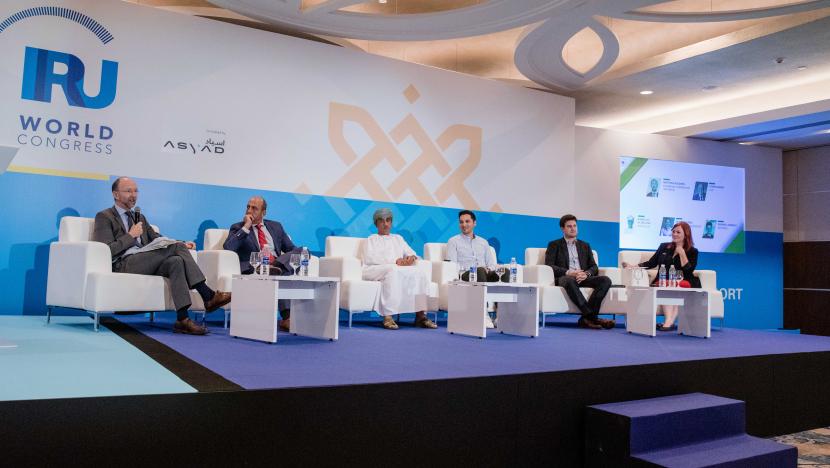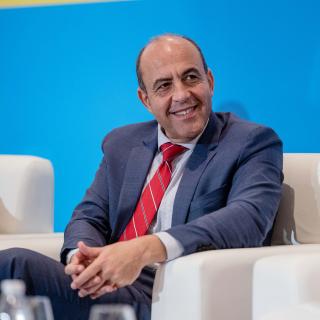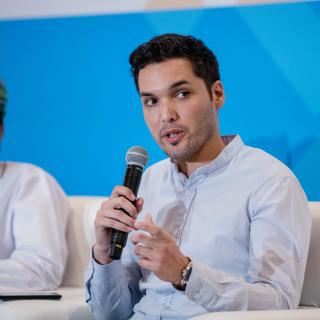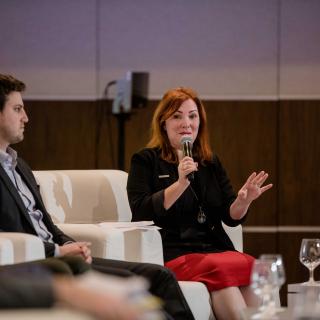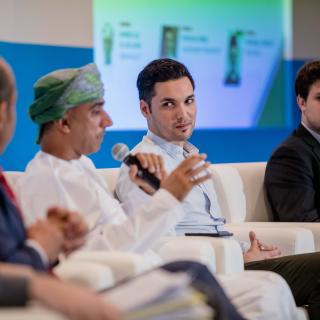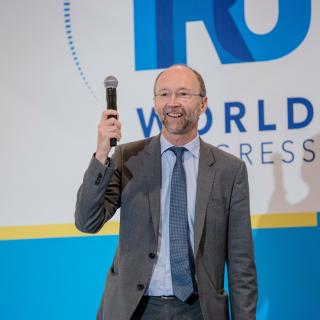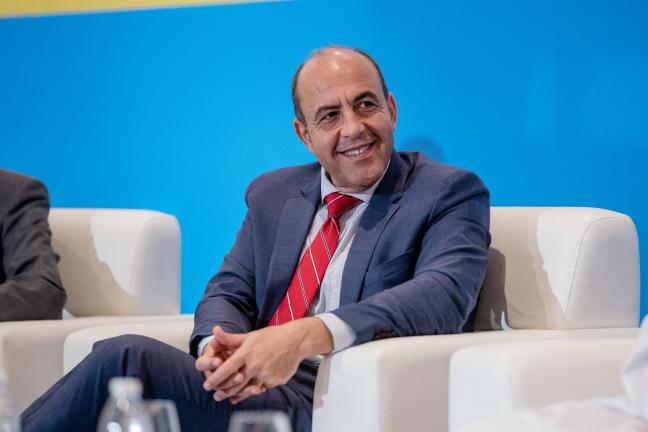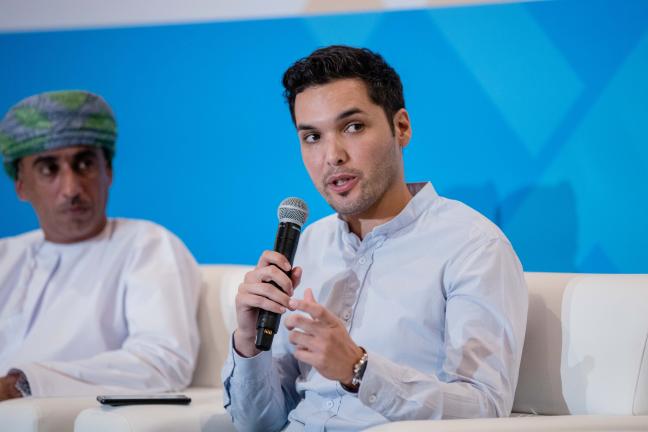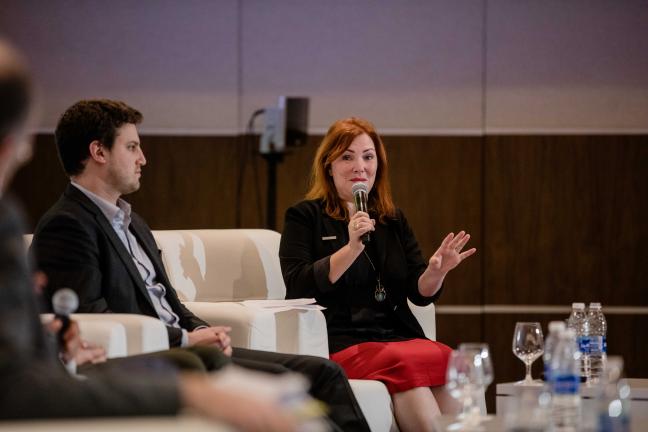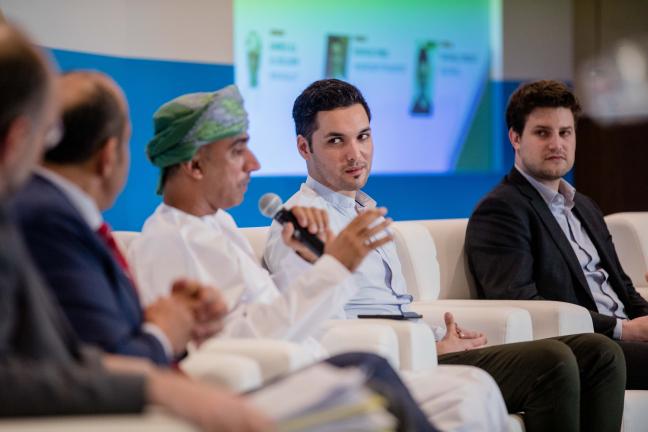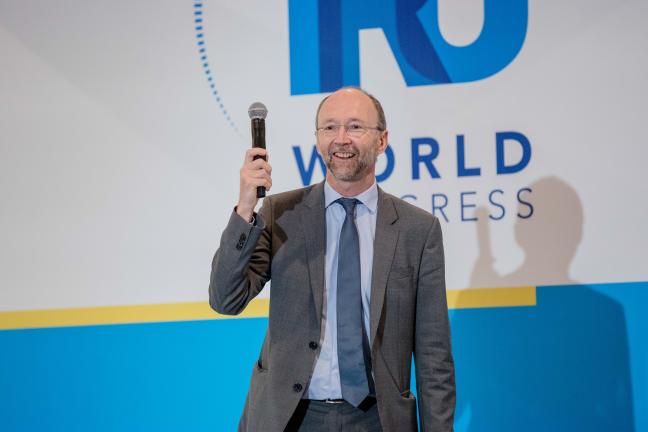Roundtable session wrap-up
Part of the “Future Proofing Your Business” hub at the World Congress, this roundtable focused on understanding the future urban mobility landscape.
Many city authorities are debating or implementing vehicle bans, in efforts to better manage congestion, pollution and urban planning. Yet city populations are growing and demanding both fresh produce and efficient transport. How can the authorities cope with these competing demands? How should transport operators work with city authorities? What policy measures and incentives are working in different parts of the world?
Panel participants included: Independent journalist and panel moderator Jennifer Baker, Ahmed Al Bulushi from Mwasalat, Devin de Vries from WhereIsMyTransport, Raphael Gindrat from Bestmile, Ayman Smadi from International Association of Public Transport, and Matthew Baldwin from the European Commission.
Matthew Baldwin started the discussion by raising the alarm over road safety in the urban context. Some 1.3 million people a year die on the world’s roads today. Of those death, in Europe, he explained that some 40 per cent are pedestrians and cyclists. To promote a safe system of urban mobility, he detailed numerous initiatives the European Commission is taking today and in the future to ensure road safety. These include building safer cars, modifying infrastructure and offering better protection to vulnerable road users.
Ayman Saidi took up the issue of congestion.
“Congestion is the symptom of deeper issues around land use and acceptable quality of life in urban areas.”
Urban mobility systems need to find a balance on these issues and the rising need for transport. In his opinion to address urban mobility challenges, the public transport sector needs to take advantage of industry innovation to provide better service and improve customer interface. He ended by saying “I’m happy that we have this disruption in our sector because it makes us change how we do business”.
Ahmed Al Bulushi detailed how public transport in Muscat, Oman moved from only two bus routes in 2015 to about 14. He confirmed that there is a demand for public transport in Muscat. To meet this demand, there are certain challenges which need to be overcome especially infrastructure and climate.

